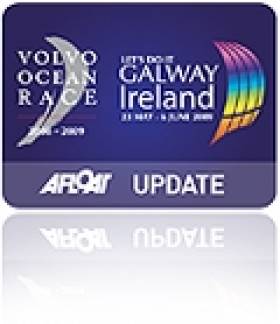Displaying items by tag: Matt Davis
Funding Remains Big Issue for Irish VOR Bid
After a struggle to complete the course both financially and on the water in the last Volvo Ocean Race two years ago, Green Dragon is to set sail again if the money can be found to fund a campaign. In this morning's Irish Times David Branigan indicates a potential skipper, Matt Humphries, has been advising the Galway based team but the real problem, as it always has been for the Irish boat, is finding the funding (ten million) to start the race in Spain next year. Full article HERE.
Matt Davis and Raging Bull are 2010 ISORA Champions
Race 10 – Pwllheli to Howth – James Eadie Sailing Race 11th September 2010. From an entry list of 31 boats, 13 boats came to the line in Pwllheli for the last race in the 2010 ISORA Offshore series writes Peter Ryan. It was the James Eadie Trophy race. While in the past this race was one of the most popular, the bad weather on Thursday night and Friday put off many boats from delivering to Pwllheli. Those boats that braved the weather were reward with another great race. The race was started by Richard Tudor of Pwllheli sailing Club.
Due to the extraordinary strong spring tides it was decided to omit Bardsey Sound from the course and to take Bardsey Island to starboard. From there the course was direct to Howth – 75 miles. The start was at 09.00.
The forecast for the race was for south-west winds 10-15 knots to veer west then continue and increase north west. The forecast was correct at the start with a beat to Bardsey and the wind increasing to 20 knots. The strong tides produced some spectacular overfalls at Bardsey Island. First around Bardsey was "Tsunami", Vincent Farrell followed closely by "Raging Bull", Matt Davis and "Team Windmill", Andrew Sarratt. The overfalls appeared to take toll on the fleet with the remainder of the fleet having difficulty in rounding Bardsey. This caused a split in the fleet with the first three boats taking advantage of the last of the north going tide.
The course to Howth first seemed like a simple reach but this changed regularly and often with the wind oscillating and fluctuating continuously. The front-runners appeared to escape the holes that formed and held the bulk of the fleet back. What started as a reach ended in a beat into Howth into a 20 knot north westerly.
The first into Howth was "Tsunami", crossing the line at 23:19 followed closely by "Raging Bull" at 23:27 and "Team Windmill" at 23:54. "Lula Belle", Liam Coyne and "Dinah" Barry Hurley were separated by only 2 seconds on the line at 00:51. Four boats crossed the finish around 01:40 while the last boat "Sarnia", Michael Creeedon, crossed the line at 08.35. John Doran of Howth Yacht Club stood the long watch and recorded the boats finishing.
"Raging Bull" took 1st in Class 1 and Overall while "Tsunami" took 2nd in Class 1 and Overall and "Team Windmill" took 3rd Class 1 and Overall. "Just Enough" took 1st Class 2 with "Dinah" taking 2nd Class 2 and "Lula Belle" taking 3rd Class 2.
The Overall ISORA Champion of 2010 is Matt Davis and "Raging Bull" from Skerries Sailing Club. "Just Enough", Stephen Tudor from Pwllheli Sailing Club took 2nd place while "Tsunami", Vincent Farrell from the National Yacht Club took 3rd. The prize giving dinner will be in the National Yacht Club on the 6th November.






























































